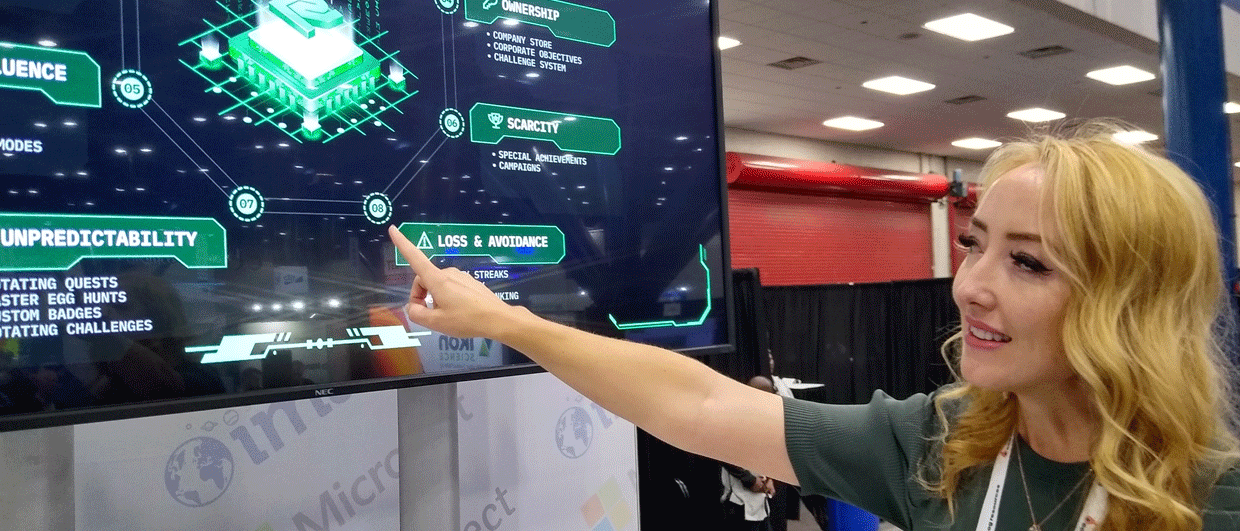“Imagine a world where labour is obsolete”, says Yu-kai Chou at the start of a TEDx Talk delivered for the University of Lausanne in Switzerland in 2014. “And I’m not talking about a world run by robots”, he continues, “but a world that harnesses the power of play.” That’s what gamification is all about. It has been around for about four years already”, says Yu-kai Chou in his talk.
“And before you conclude that gamification is a matter of adding points or badges to stimulate people from doing their jobs, that’s a misconception”, says Yu-kai. “The thing that really drives people to get on with something that may otherwise be boring is when it is challenging and motivates core drives.”
Behavioral change
In his talk, Yu-kai provides eight examples of introducing a game element into a non-game environment to drive behavioral change. One deals with the question of how to make people more mindful of their energy consumption. One energy company came up with the idea to provide statistics not only of people’s own use but also include figures on what the neighbours are doing, with the “best” neighbours and “average” neighbours’ energy use provided as a benchmark. This subsequently caused a significant energy-saving drive across the entire client base – a very good example of how gamification drives behavioral change.
ResNet case study
Gamification is now also making its way into the oil and gas industry. Yes, oil and gas has a record of being a little bit slow when it comes to the uptake of new ideas…
At the Digitalisation Pavilion during the IMAGE 2024 conference in Houston, Ryan Rice and Erin Fair from ResNet demonstrated a recent case study on the use of gamification in the production and operations software they developed.
In the case of Ryan and Erin’s example, it is about operating and inspecting software for oil and gas infrastructure, where workers had to routinely input observations to check the integrity of pipes and valves. How to make sure that all elements are routinely inspected?
Motivation
“We introduced gamified features that enable our users to see how they are fulfilling the tasks at hand”, says Erin. “This way, it may either form a deeper motivation to do better or provide confirmation that the job is done well. It also forms a great and more objective basis for their annual review.”
“Since the introduction of the new software, we have seen a clear uptick in data collection across the facilities where our software is being used”, says Erin. This is a clear indication that a true behavioural change has taken place.

